On February 27, a large Ukraine solidarity protest was held in downtown Toronto. The event unsurprisingly received a ton of coverage from mainstream media, but all of it failed to mention a certain red and black flag at the protest.
The red and black flag in question belongs to the Ukrainian Insurgent Army (UPA), which was a fascist paramilitary group that operated during the Second World War, and collaborated with the Nazis at times throughout this period.
In 1943, according to researcher Terry Martin, the UPA “adopted a policy of massacring and expelling the Polish population of Volhynia and Eastern Galicia.” Researchers estimate that members of the group killed around 100,000 Polish civilians over the next year. In his 2006 book, Europe at War 1939–1945: No Simple Victory, historian Norman Davies wrote, “Villages were torched. Roman Catholic priests were axed or crucified. Churches were burned with all their parishioners. Isolated farms were attacked by gangs carrying pitchforks and kitchen knives. Throats were cut. Pregnant women were bayoneted. Children were cut in two.”
The flag continues to be used by groups in Ukraine today that share a similar far-right, fascist ideology. This resurgence of the flag has been tracked by Eduard Dolinsky, the director general of the Ukrainian Jewish Committee in Ukraine, among others. He has documented that it has appeared at all levels of society and government throughout Ukraine (although obviously not all Ukrainians support it.)
Going back to Toronto, on the day of the protest I tweeted a photo of the UPA flag being held by a protester. Now, I’ve been at pro-Palestine protests before that have been smeared in the press because of a single flag or banner being held by someone in the crowd. I didn’t think the coverage was fair, and I detested how anyone at the protest who ended up in the media (including one or two politicians) was forced to answer if they condemned the flag’s presence or not.
So, I’m well aware that the presence of one UPA flag at Toronto’s protest wouldn’t indicate that everyone there supports the group’s ideology, and it would be unfair for the media to cover it as such. Still, I think there are many fundamental differences between this example and what I’ve dealt with in the past, that both make it more troubling, and also render the media’s lack of coverage of the flag’s presence inexcusable.
Here’s why the media should have absolutely dedicated some reporting to this matter, and needs to do so in the future.
First, as I mentioned, a ton of media outlets covered this protest with original reporting as well as photography and video work, including: CTV News, CBC News, Global News, Toronto Sun, National Post, Toronto Star, City News, and Toronto Life. This means these publications decided the rally was newsworthy, and had already dedicated resources to covering what happened throughout the day.
Second, there was not just one UPA flag — there were many at various points in the protest in Toronto, including at the front of the march. As I’ve documented, this flag also appeared at Ukraine solidarity protests throughout Canada, including in Montreal, Winnipeg, Vancouver, Prince George, B.C., Edmonton, London, Ont., and likely others. You can’t reduce the presence of this flag at these protests to just one crank.
Third, all of these media outlets had some description of the sort of flags and signs being held at the protest, yet not one mentioned the UPA flag. Instead, they whitewashed the protest, and only talked about yellow and blue flags, as well as anti-Putin signs.
Fourth, even though these media outlets didn’t write about the flag, we know that nearly all of them did see it, because every single article (except the one from the Toronto Star) contained a photo and/or video with the UPA flag. Oftentimes the flag was even the focus of the shot. What are the chances of this happening if the flag couldn’t be found at the protest in large numbers?
Fifth, the rally wasn’t just attended by regular people, who the media might decide aren’t worth writing about when they carry fascist flags (although this certainly isn’t their standard for other protests). In fact, the rally was attended by Toronto’s Mayor, John Tory, as well as Canada’s Deputy Prime Minister, Chrystia Freeland, who also gave a speech (which all of the articles noted).
Sixth, it’s not just that Freeland (who is a Ukrainian Canadian that claims to be well versed in the country’s history and speak the language, and thus almost certainly knows what the flag is) was at a rally where the flag was, but also that she appeared in a photo with the flag.
Seventh, it’s not just that Freeland appeared in a photo with the flag, but that she was photographed holding a scarf with UPA colours, meaning she knew it was there, and decided to pose with it.
Eighth, Freeland decided to share this photo on Twitter, along with the phrase “Slava Ukraini” (Glory to Ukraine), which was used by the UPA as well as other Ukrainian Nazi-collaborator groups that helped perpetrate the Holocaust.
Ninth, Freeland ended up deleting the tweet, though she hasn’t explained why.
Finally, the new tweet Freeland put out about the march was identical to the original one but with a different photo, and yet even this one had the UPA flag in the background.
Can anyone in the media honestly tell me that with all of these factors in mind, they shouldn’t have noted the troubling presence of the UPA flag at the protest, or at least done follow up reporting afterwards?
Is there any plausible excuse for why none of the reporters are grilling Freeland for doing what she did? Remember that a couple weeks ago, Prime Minister Justin Trudeau attacked the Conservative Party and some of its members for attending the Ottawa Convoy because of the presence of swastikas, which the media fixated on for weeks. Also remember that NDP Leader Jagmeet Singh has been the subject of media barrages for appearing at Sikh-related events in the past.
Maybe reporters and editors will claim they didn’t know what the red and black flag meant. That’s not a good excuse either, as reporters should be trained on these sorts of issues if they’re going to cover protests. And if they didn’t know then, or at any point over the last decade of researchers increasingly talking about the Ukrainian nationalist far-right in Canada, there’s no excuse for them not to have learned since, and put out follow-up articles.
If the media claims to care about the far-right in Canada, and the connection of politicians to it or at least comfort with it, they need to start informing their readers about its particular Ukrainian nationalist manifestation here.
I don’t expect that to happen any time soon though, so for now, please consider reading these other articles we’ve published:
- Canadian Support For Ukrainian Nazi Collaborators Goes Beyond Statues
- Chrystia Freeland Must Account For Her Nazi Collaborator Grandfather
- Canadian Media Is Happy To Risk Arming Neo-Nazis In Ukraine
- The ‘Memorial to the Victims of Communism’ Should Be Bulldozed

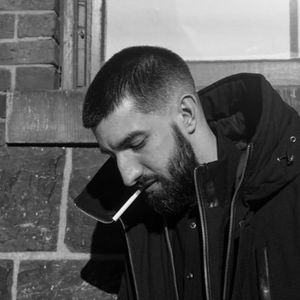
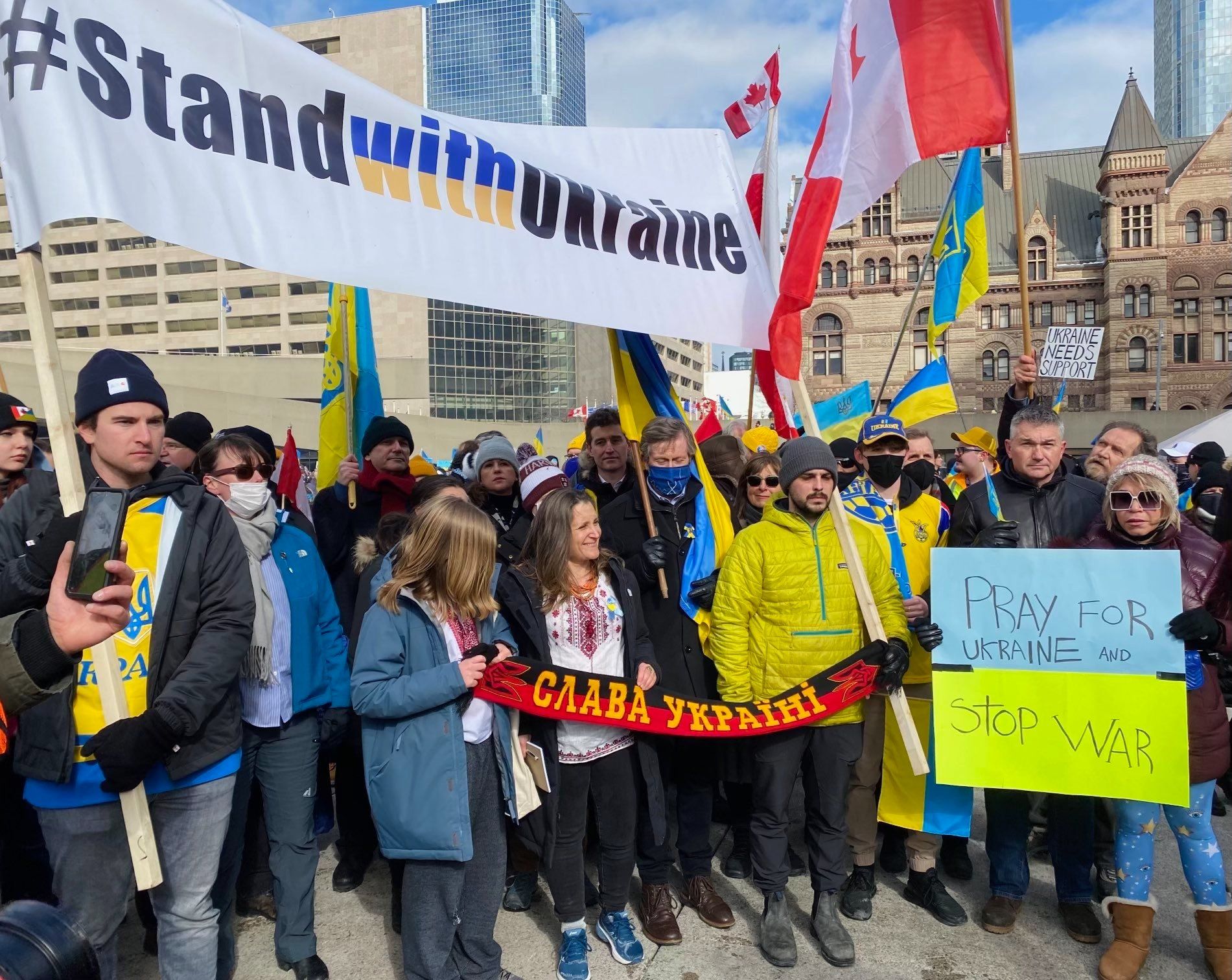
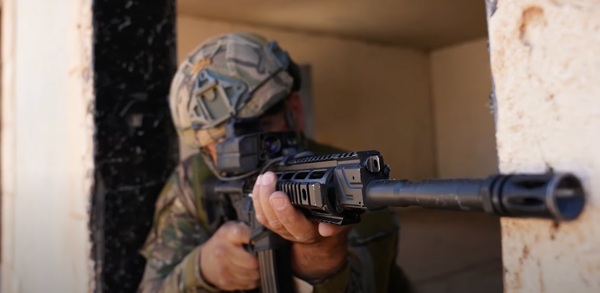
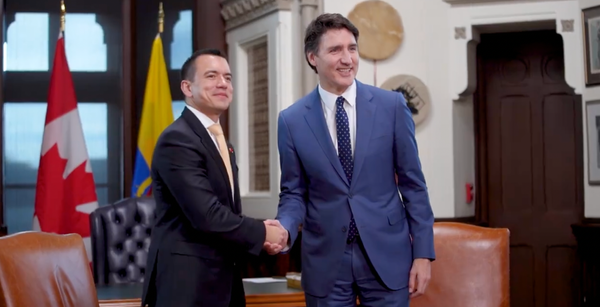
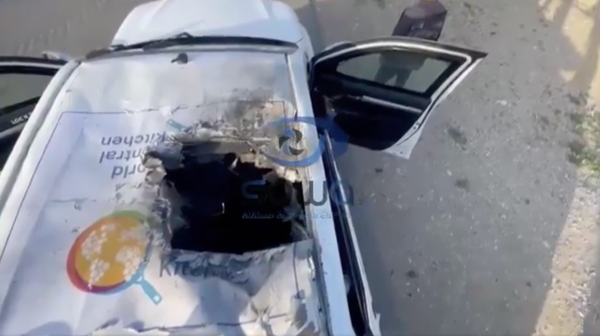
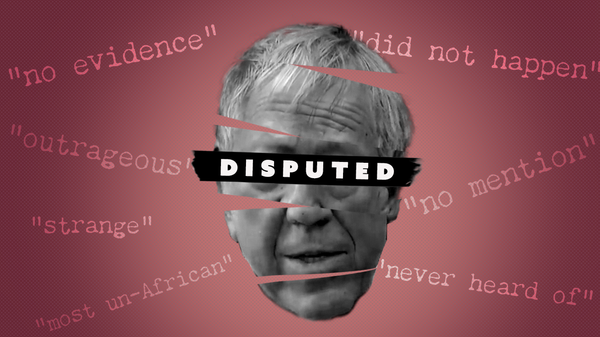
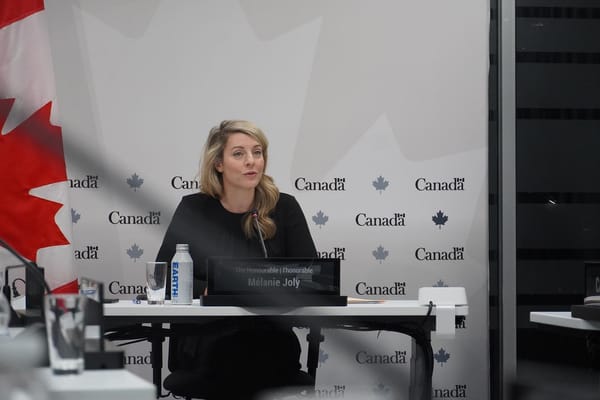
Member discussion